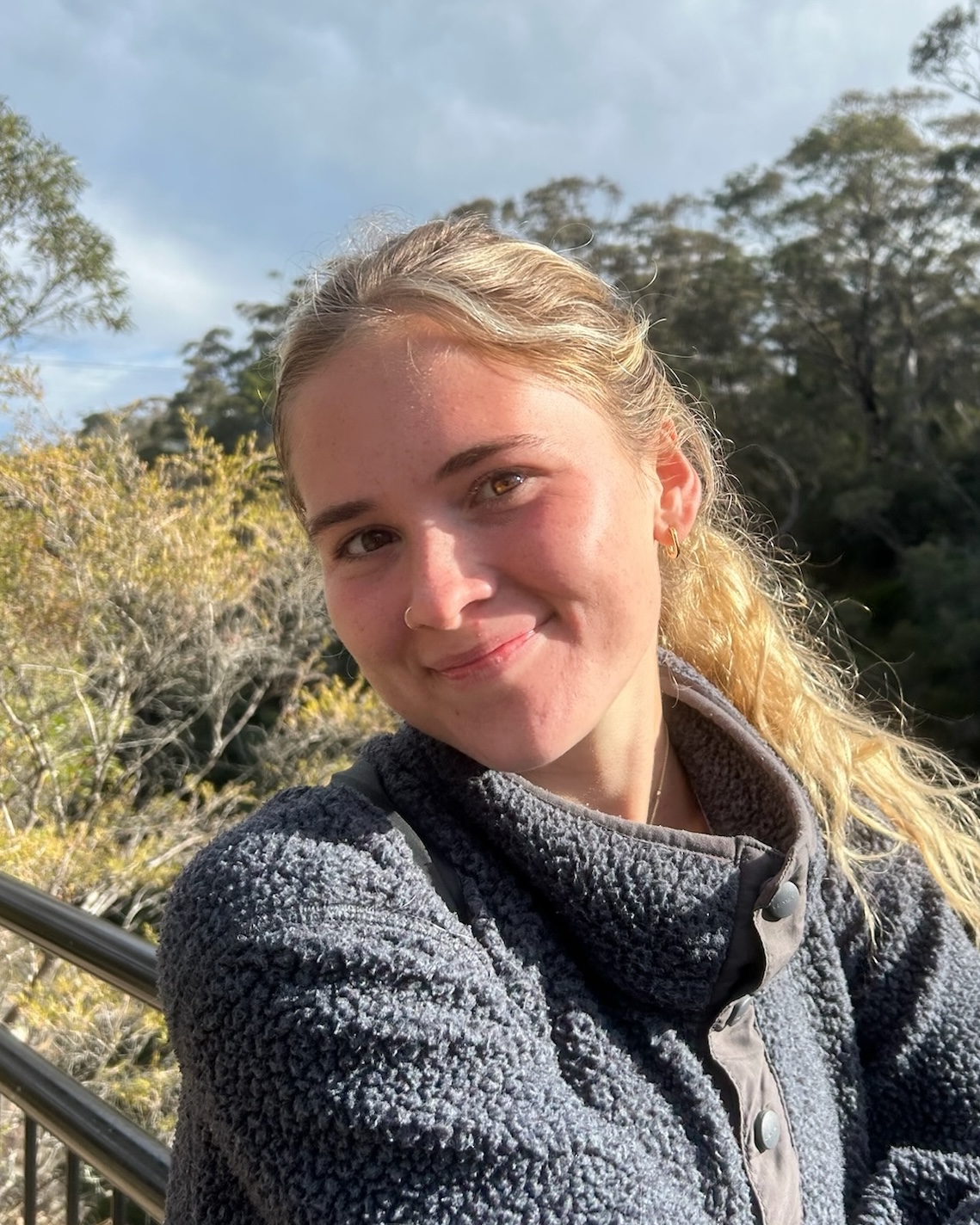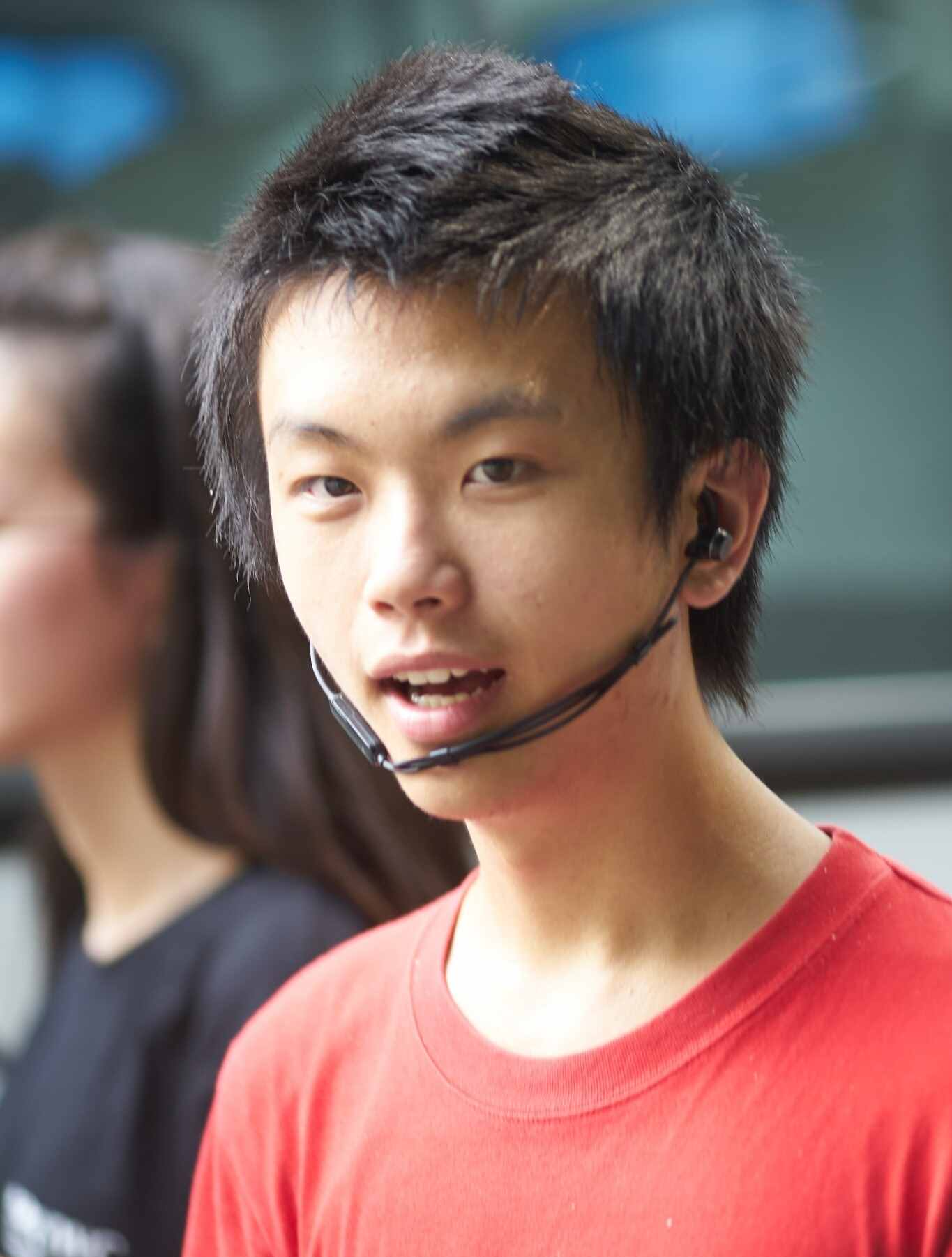Research Group
Current

|
Frannie Cataldo '27Edge-copy hypergraphs and community detection |
No matching items
Alums

|
Violet Ross '25Noisy edge-copying hypergraphs with node attributesMany complex systems are made up of a set of objects or individuals and the interactions between them. We can study certain aspects of these systems, such as their evolution over time, by leveraging their networked structure. A generalized network called a hypergraph allows for the modeling of complex systems using networks to be done with explicit representations of multi-way relationships. Homophily, the tendency of individuals to connect with others similar to them, is present in many real world systems. Though the preferences of the individuals in a network when forming connections clearly influences how the network evolves, current models of hypergraph growth do not account for homophily. We propose a hyperedge-copying growth model for hypergraphs with node labels that parametrizes the level of homophily. The model proceeds by iteratively sampling an edge from the hypergraph, selecting a node within the edge, and making a noisy copy of the sampled edge with some amount of preference (set by the parameters) for nodes with the same label as the selected node. We analyze the degree and edge size distributions of hypergraphs grown using our model, perform dynamical analysis on the mean number of nodes of each label within an edge, and derive and implement a Stochastic Expectation Maximization (SEM) algorithm to infer the model's parameters. We perform experiments on synthetic data to test the ability of the algorithm to recover true parameters and, finally, apply the SEM algorithm to the hypergraph of United States Senate bills. Next: PhD in Computer Science, CU Boulder |

|
Bell Luo '24Fast sampling from configuration-model hypergraphsReal-life polyadic networks call for intrinsically polyadic network science toolkits to analyze them; null models for polyadic network enable contextualization of network measures and statistical inference. This thesis project focuses on hypergraphs as a polyadic network representation, and the configuration model’s extension to hypergraphs as the null model, to present hypersample, an efficient Python package to sample random hypergraphs from the configuration model through hyperedge shuffles. Emphasis is placed on performance optimizations, in terms of both the practical runtime and algorithmic efficiency. A brief demonstration of how our work allows network scientists to produce a null model of hypergraphs to analyze and draw inference from follows. Next: M.S. in Computer Science, Yale University |

|
Jamie Hackney '24Opinion dynamics and ranked-choice votingIdeological polarization affects the ability of democratic governments to function. Levels of ideological polarization have been rising globally in recent years. Many theories have been put forward about potential causes, but the connection between the election system used and the degree of ideological polarization has been less studied. We present an agent based model to simulate plurality and instant-runoff ranked choice election systems based on Bounded Confidence and Attraction-Repulsion opinion updates. We analyze the long term behavior of these models and quantify the degree of ideological polarization as the variance among agent opinions. We provide a set of parameters that cause plurality election systems with Attraction-Repulsion opinion updates to end with high variance while ranked choice election systems end with near-zero variance. We conduct sweeps between four pairs of model parameters and discuss the phase transitions in variance they produce. Next: Data Science Internship, United Nations |

|
Justin Corke '25Assortativity bounds on union graphsMany graphs are constructed as unions of component subgraphs. We study the relationships of the degree-assortativity of the component subgraphs to the degree-assortativity of the union graphs. We present analytic estimates derived under mean-field assumptions for the generation of the components, and validate these estimates through simulation. Next: Assistant, Middlebury Quantitative Center |
No matching items